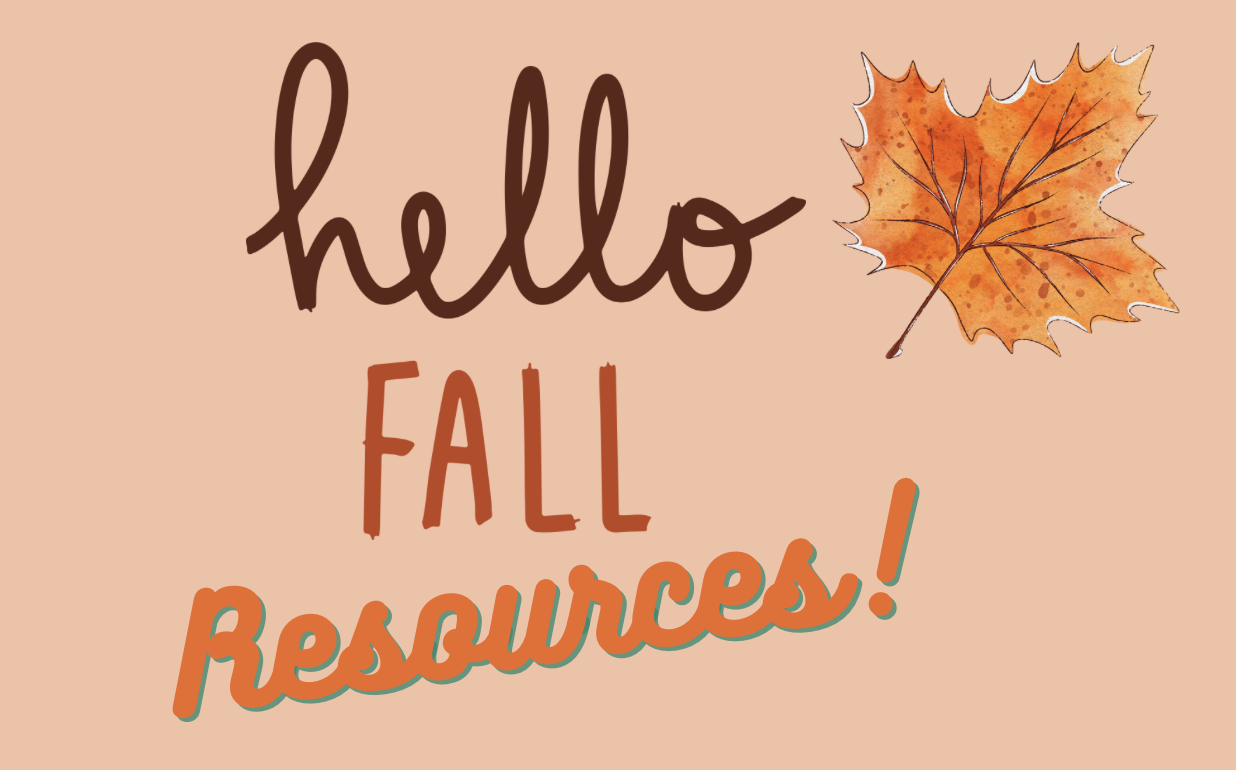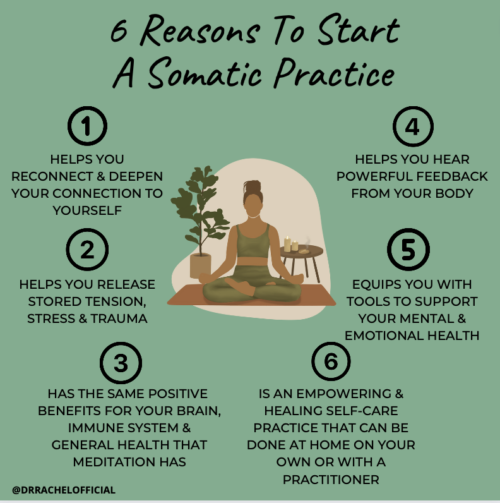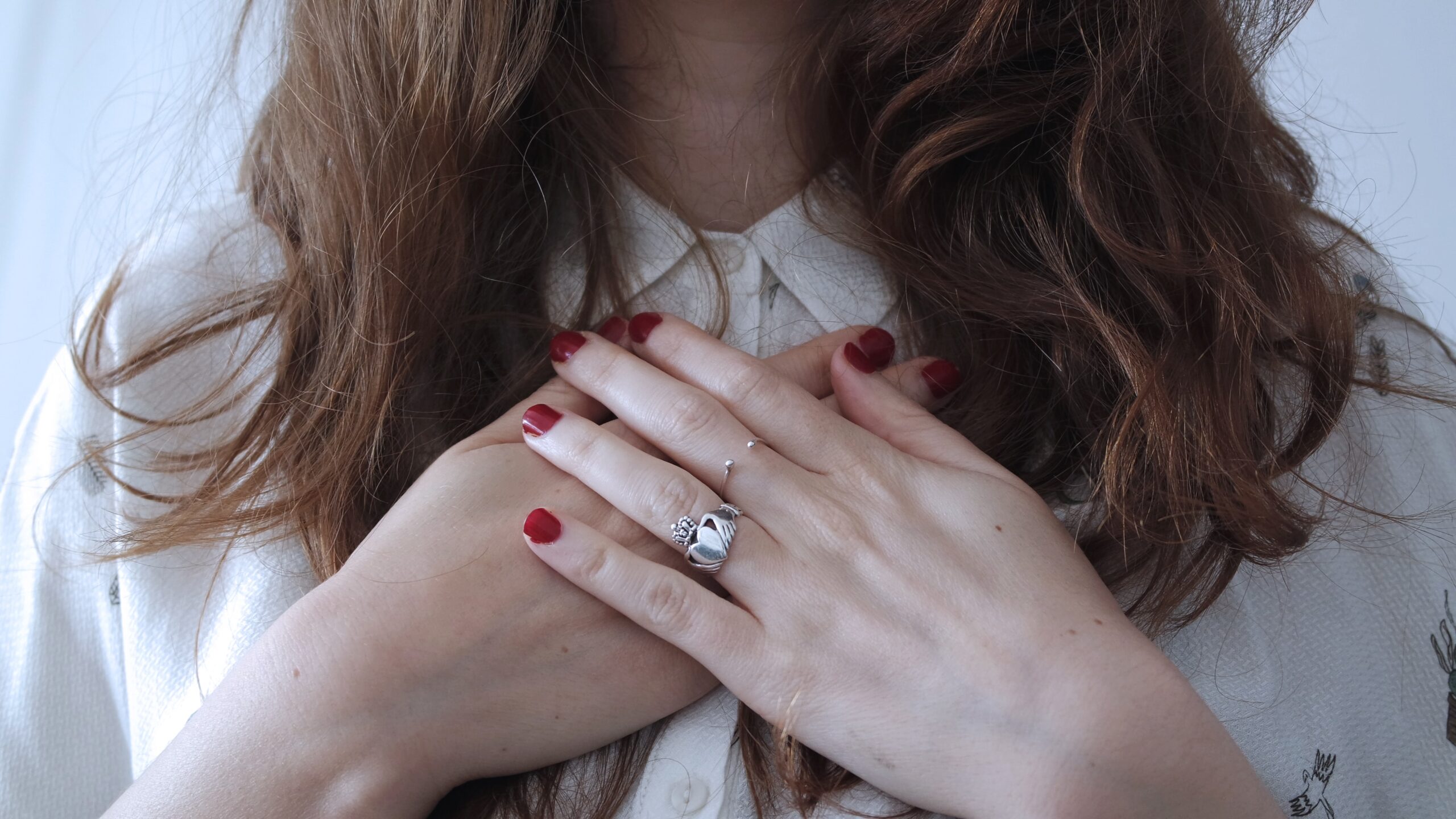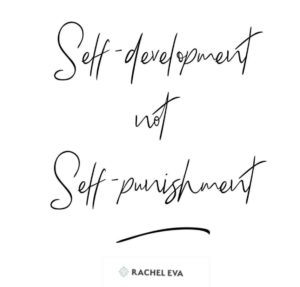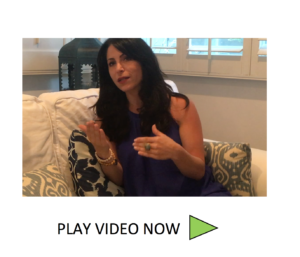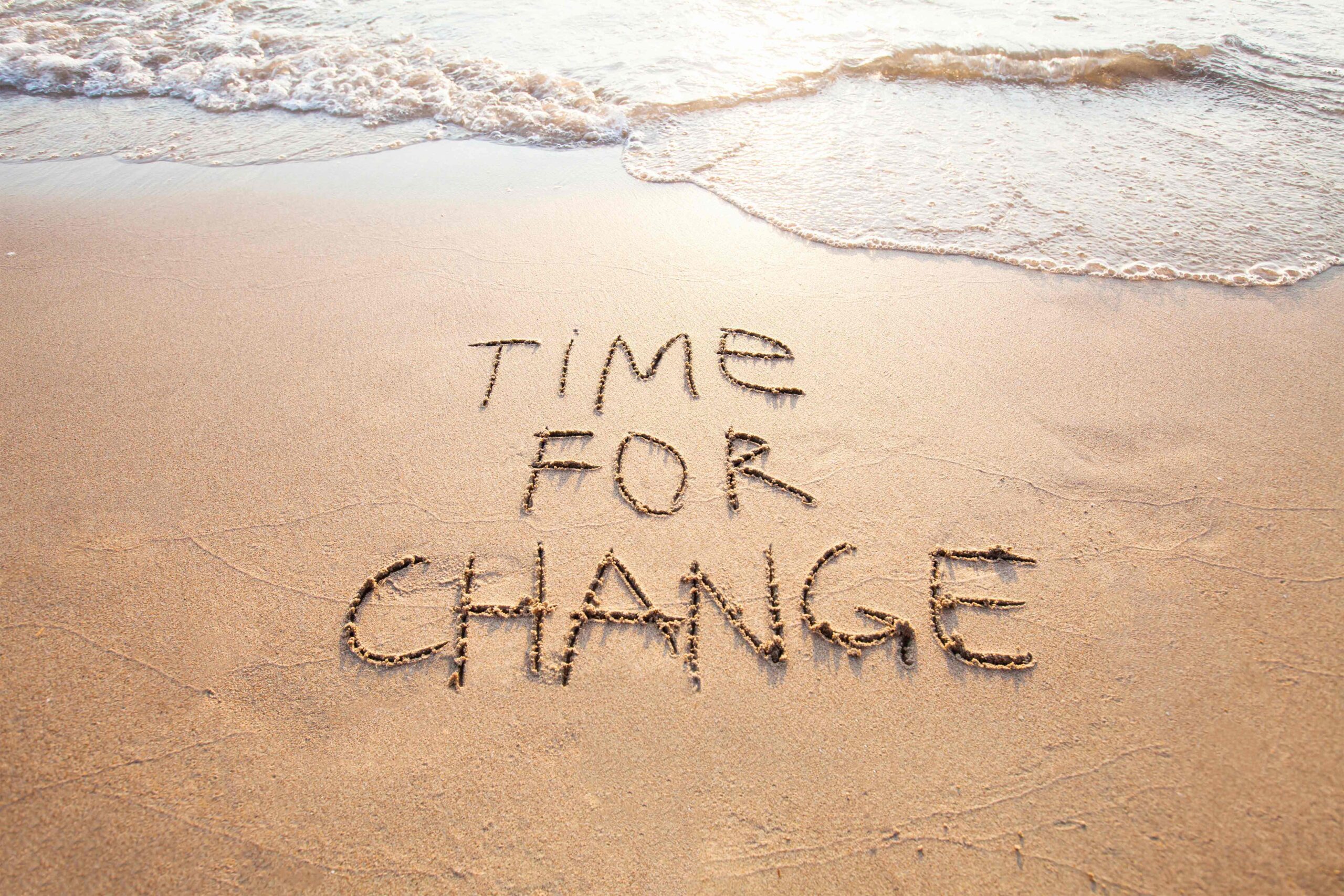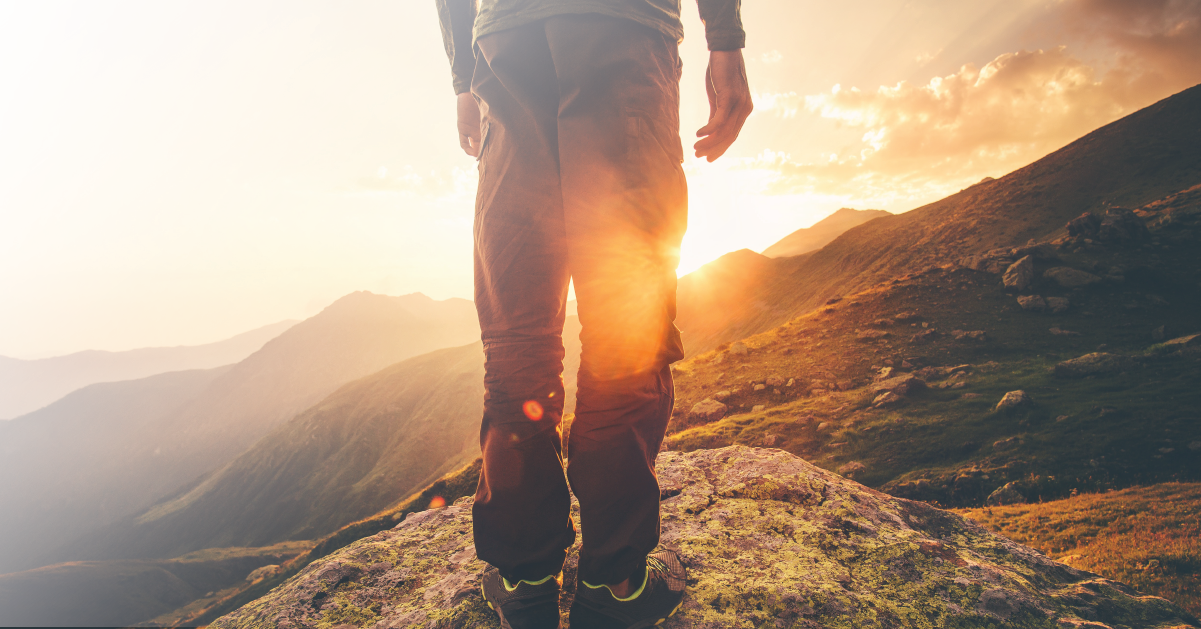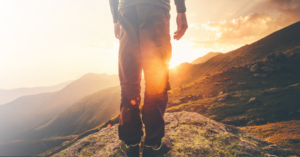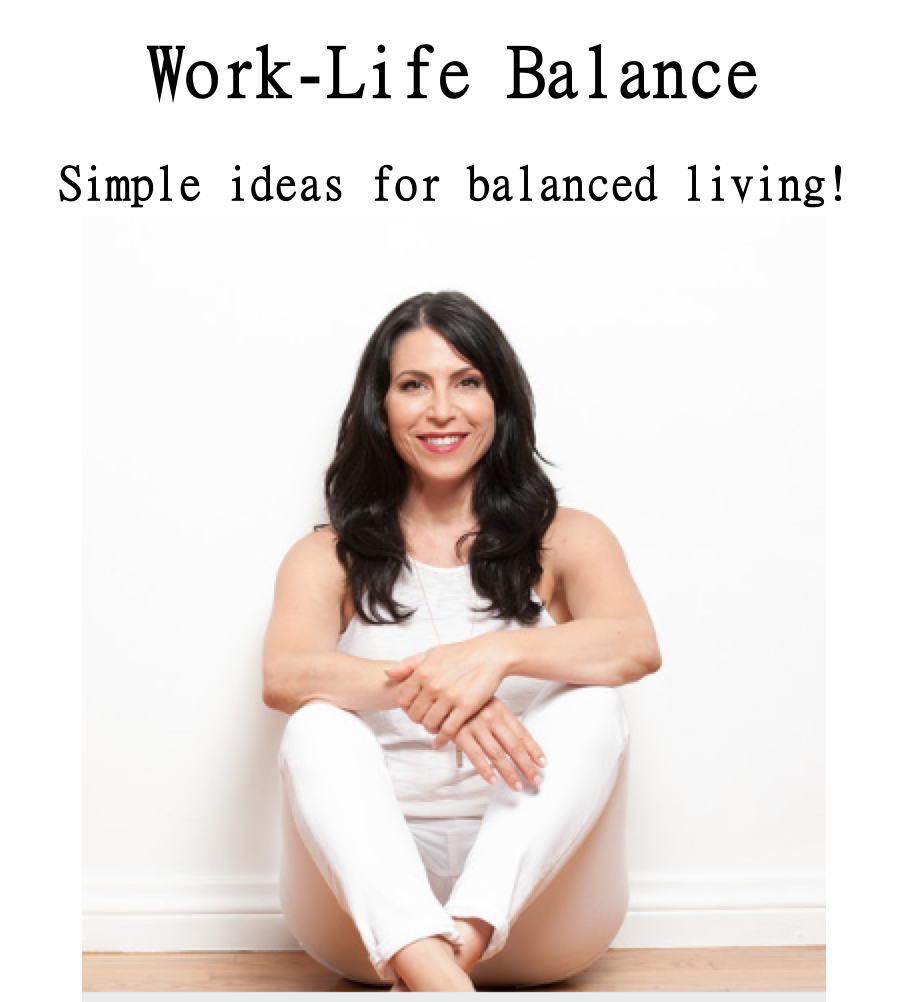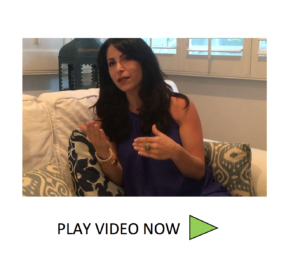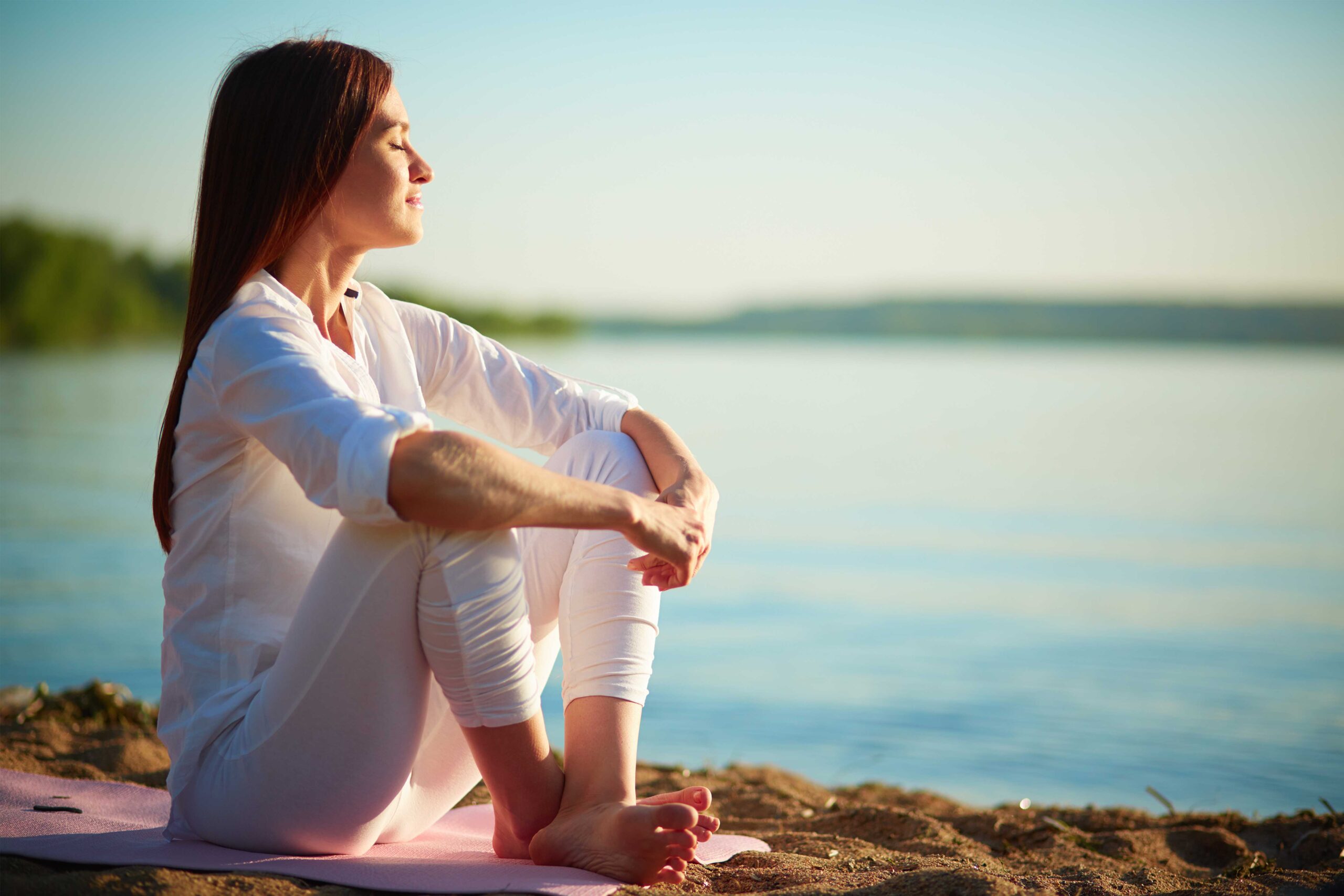Ways to Regulate & Ground Yourself During the Holiday Travel & Stress
The holiday season often produces stress and stressful environments such as travel and challenging family dynamics. While we can’t control people, places, and all situations, we can be empowered to show up mindfully. This requires practicing self-care and regulating our own nervous system and grounding ourselves.
“When we are grounded in our awareness, we can be more present with what we are experiencing in our bodies — in all the spaces that live between our head and our feet.”
― Raegan Robinson
Here are five tips to practice to support you during the holiday stressors:
- Make your sleep hygiene a top priority
When our natural sleep cycle is disrupted, it impacts our hormones, stress levels, gut health, mental health and decreases our capacity to deal with stress. During the holidays make sleep a priority through the following steps –
- Try to go to sleep and wake up at the same time each day
- Sleep in total darkness (wear an eye mask)
- Avoid alcohol and sweets late in the evening
- Try not to eat 3 hours before sleep
- Avoid stressful conversations and media 90-minutes before bed
- Meditate – even if for only 5-minutes
Even a brief meditation practice spent in quiet, focusing on the breath can radically shift your physiology. Even amidst travel and hectic family events, a brief ‘bathroom’ meditation session can be just what your mental and emotional health is calling for!
- Grounding practice # 1 – bare feet on the ground with mindful breathing
One of the easiest ways for a person to quickly ground themself is to walk barefoot on the earth (ground, grass, sand, even rocks). Allowing the skin to touch the natural ground and especially dirt will begin to provide the person with grounding energy. In fact, grounding with bare feet on the earth is also good for the health of our microbiome!
How to do the technique –
Go outside, preferably somewhere safe (without trash or sharp objects) and as peaceful as possible. Take off shoes and socks. Step onto the earth. It is preferred to stand on dirt or grass; however rocks are ok as well if that is all that is available. Concrete is less grounding; you want nature made versus man made. Walk around or stand still for 5-15 minutes. As you do, be intentional about feeling the connection to the ground through the bottoms of your feet. It can be helpful to also try standing still and leaning your weight slightly forward and backwards slowly to feel the weight shift and connect to the ground with different feeling.
You can also do this same grounding technique indoors on wood floors if the outdoors is not available and grounding is needed.
- Grounding practice #2 – lay on the ground, hand on the belly, other hand on the heart & deep breathing
Coming back to center, back into your body and connecting with your internal landscape not only helps to ground you, but also calms down your central nervous system. It signals for you to come out of the ‘fight or flight’ response and leads to more calmness.
How to do the technique –
Lay down on the floor or on your bed. Place one hand on your belly and the other hand on your heart. Close your eyes. Invite yourself to relax. Focus your attention on your breathing. Take deep, full, relaxed breaths and allow anything that comes up or comes to mind to just flow out of you/to be released with each exhale.
- Tapping
Gentle tapping on the heart or bilateral tapping through the ‘hug’ method or even on the thighs (alternating each side) can help to ground and calm the system. “Hug” Method tapping, also called the Butterfly Hug is a form of tapping for bilateral stimulation. Bilateral stimulation calms down the central nervous system and is excellent for those with anxiety, depression, Autism, PTSD, ADD and ADHD.
The practice is actually quite simple and is readily available to everyone, because all you need is yourself! To begin:
- Engage in some type of intentional breath work, focus on diaphragmatic breathing for this particular tool.
- Draw awareness to the self, as with any mindfulness practice, pay attention, notice any emotions that are coming up, any physiological indicators and judgments of self and continue to breathe.
- Cross your hands over your chest (like you are making a bird shadow puppet) where the wings are resting just below your collar bone. I like to hook my thumbs as a place to feel anchored.
- Begin slowly tapping, alternating left and right, left and right and continue tapping for 30 seconds to a few minutes if desired and it feels calming and grounding.
- Continue to hold awareness with the self, slowing the mind and the body with each breathe, being with any and all emotions that come up.
- Somatic movement & somatic practices
‘Each movement reminds us that every moment invites a new opportunity for change.’ – Tara Stiles
All forms of exercise can be somatically beneficial and assist in reducing stress. However, more intense forms of exercise also add stress to the body. Rigorous exercise is important to build strength and increase fitness levels, however it should always be balanced with somatic and restorative forms of exercise as well. A truly balanced fitness and movement routine will include strength training, cardiovascular exercise, stretching and somatic and restorative forms of exercise.
Somatic movement can range from dance to yoga to walking to all forms of exercise. In order for movement to be considered ‘somatic’, the Somatic Movement Center defines it as, ‘
A somatic movement, generally speaking, is one which is performed consciously with the intention of focusing on the internal experience of the movement rather than the external appearance or result of the movement’.
https://somaticmovementcenter.com/somatic-movement-what-is-somatic-movement/
Try a little somatic dance or other movement with mindfulness and focus on connecting your breath to the movement. Listen to your body. Follow what it calls for. Stretch, move, shake… the goal is simply to connect with your body!


